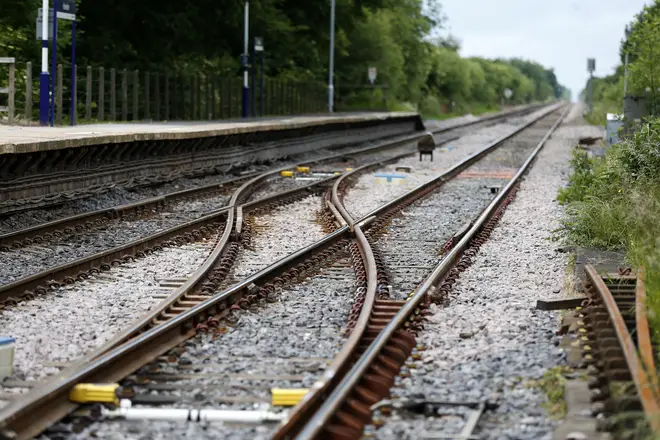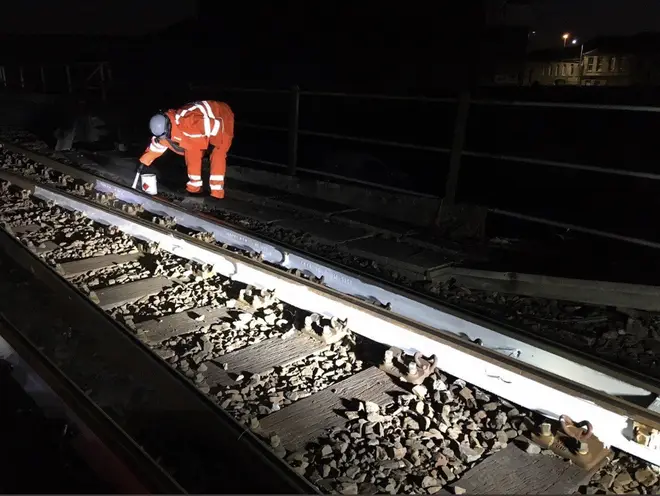
Clive Bull 1am - 4am
25 July 2019, 13:06 | Updated: 25 July 2019, 13:10

Passengers are advised not to travel as the rail network is experiencing severe disruption. The heatwave causes rails to buckle, putting trains at risk of derailing.
Train passengers across the UK have been advised not to travel if they can avoid it, as extreme temperatures are causing chaos on the rail network.
Speeds have been reduced to 20mph on some parts of the rail system.
Network Rail, which manages Britain’s 20,000-miles of steel track, said it had activated “extreme weather action teams” to minimise disruption.
⚠️REMINDER - Disruption into London today as slowdowns in place. Please consider if your journey's essential & check @nationalrailenq
— Network Rail (@networkrail) July 25, 2019
In a #heatwave steel tracks expand and buckle under stress, causing further delays. Slower trains apply less force, reducing the chances of this. pic.twitter.com/o1cgLCVzQs
According to Network Rail, tracks in direct sunshine can be as much as 20C hotter than the air temperature.
As the mercury rises, the steel rail absorbs heat and expands, causing it to curve, known as buckling.
The temperature change can push and pull the track out of shape.
Buckled tracks need to be repaired before trains can run again, which leads to disruption.
Overhead lines can also expand and sag in extreme heat, bringing a risk of passing trains pulling them down.

Slower speed restrictions can be introduced to reduce the chances of buckling. The side-effect of this is disruption to train timetables.
Network Rail said it paints some track white as this makes it less heat-absorbent and reduces the temperature by 5C or 10C.
Everything You Need To Know About How To Stay Cool In The Heatwave
Temperatures On The Rise As Scorching Heatwave Will Hit UK This Week